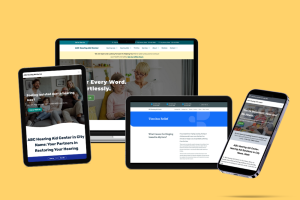4 Ways to Stand Out with Your Medical Website Design and Attract More Patients

Remember, you’re building a website to attract patients, not the space shuttle.
In no other area of online marketing is it easier to lose sight of your goals than it is with medical website design. Before you know it, and if you’re not careful, your website can turn into an art project rather than a marketing tool…

Read more


